Reviewed by: Y. Garcia
Apple has always positioned itself at the forefront of inclusive technology, but their latest collaboration takes accessibility to an entirely new level.
The company has joined forces with partners to create a specialized iPhone grip specifically designed for users with disabilities, marking another significant step in their commitment to universal design. This development comes at a time when approximately 70 million US adults live with some form of disability, many of whom rely on smartphones as essential tools for daily independence. The partnership represents more than just another accessory launch — it's a thoughtful response to real-world accessibility challenges that affect millions of users.
Why this collaboration matters for the disability community
The timing of this specialized grip couldn't be more relevant, especially considering how individuals like Todd Stabelfeldt, a quadriplegic CEO, use technology to accomplish everyday tasks from controlling lights to operating entertainment systems. Apple's decision to partner on this project reflects a deeper understanding that accessibility isn't just about software features — it's about bridging the critical gap between digital innovation and physical interaction.
Unlike previous accessibility initiatives that focused primarily on screen readers and voice controls, this collaboration addresses what many users have identified as the most fundamental barrier: securely holding and manipulating their device. While smart-home technology can make daily tasks possible or easier for people with disabilities, those benefits are only accessible when users can confidently operate their control hub — their iPhone.
What makes this partnership particularly significant is how it validates the disability community's call for co-design rather than design-for approaches. By working directly with external partners who bring lived experience and specialized expertise, Apple acknowledges that the most effective solutions emerge from understanding real-world usage patterns rather than theoretical accessibility models. This represents a meaningful evolution from when they first introduced VoiceOver in 2009 for blind and visually impaired users — moving from internal feature development to collaborative solution creation.
The design philosophy behind adaptive accessories
Creating effective accessibility accessories requires understanding that one size definitely doesn't fit all — and this specialized grip takes that principle to heart in ways that standard solutions simply can't. While accessories like the Flygrip come in different sizes to accommodate various hand configurations, including endorsement from professional surfer Bethany Hamilton, who has an arm amputation, Apple's collaboration goes beyond size variations to address fundamental interaction challenges.
The grip likely incorporates specialized materials and ergonomic features that address reduced grip strength, limited finger dexterity, or prosthetic device compatibility — challenges that standard PopSocket designs weren't engineered to address. You know how most phone grips assume users have full finger mobility and consistent grip pressure? This specialized approach starts with the understanding that hands work differently for different people, requiring solutions that accommodate varying levels of motor control and sensory feedback.
Here's what's particularly clever about the design philosophy: it appears to balance specialized functionality with aesthetic appeal. Rather than creating a medical device that screams "assistive technology," the collaboration seems focused on producing an accessory that users would want to use regardless of their disability status. This approach mirrors how cases, grips, straps, and chargers can make phone use more accessible for people with limb differences or dexterity challenges while remaining appealing to mainstream users.
The design process likely drew from occupational therapy principles, incorporating insights about how users with different mobility limitations actually interact with their devices in real-world scenarios. This specialized approach mirrors Apple's software development strategy, where features like Eye Tracking provide hands-free navigation using AI and front-facing cameras, starting with specific accessibility needs but engineering solutions that could benefit a broader user base.
Integration with Apple's broader accessibility ecosystem
This grip collaboration demonstrates remarkable systems thinking, designed to work seamlessly within Apple's comprehensive accessibility framework rather than existing as an isolated solution. The specialized grip becomes particularly powerful when paired with features like AssistiveTouch and Switch Control, which Apple has continuously improved over the years, creating interaction possibilities that neither hardware nor software could achieve alone.
Consider the practical implications: users can now securely hold their device with the specialized grip while using Vocal Shortcuts, which allow custom sounds to trigger Siri commands. This combination enables entirely new use cases — someone with limited hand mobility could secure their phone with the grip, then use a simple vocal sound to control smart home devices, send messages, or navigate apps without requiring precise finger movements.
The integration extends to Apple's newer innovations as well. Users who benefit from the specialized grip can simultaneously take advantage of upcoming iOS features such as Eye Tracking, Music Haptics, and Vocal Shortcuts, creating layered accessibility solutions. For instance, someone could use the grip for device security, eye tracking for navigation, and vocal shortcuts for commands — a level of multimodal interaction that transforms how accessibility features benefit people with mobility issues, hearing impairments, visual challenges, and speech difficulties.
This holistic approach represents a fundamental shift from treating accessibility as individual feature additions to creating an interconnected ecosystem where physical and digital solutions amplify each other's effectiveness.
What this means for the future of inclusive design
The limited edition grip partnership signals a broader transformation in how major tech companies approach accessibility — establishing a new template that prioritizes collaborative innovation over internal solution development. This shift could fundamentally alter the accessibility landscape, especially as emerging technologies like Brain-Computer Interface support become available for device control.
The success of this collaboration could establish a replicable model for addressing other complex accessibility challenges that require specialized expertise. Imagine similar partnerships developing adaptive solutions for vision impairments, hearing loss, or cognitive disabilities — each bringing together Apple's ecosystem capabilities with partners who understand specific user needs and design requirements.
What's most promising is how this partnership approach could accelerate innovation cycles. Instead of waiting for Apple's internal teams to research, develop, and test solutions for diverse disability communities, the company can leverage existing expertise and user insights from specialized partners. This could lead to faster deployment of targeted solutions and more responsive adaptation to emerging needs within disability communities.
The partnership also suggests that Apple's commitment to making technology accessible to everyone is evolving from a corporate responsibility initiative into a strategic innovation approach. By treating accessibility challenges as opportunities for collaborative problem-solving, Apple positions itself to discover solutions and interaction models that could influence their broader product development philosophy.
The ripple effect on the accessibility market
This partnership represents a watershed moment that could reshape the entire accessibility accessories ecosystem, creating opportunities for innovation that extend far beyond Apple's immediate influence. The collaboration validates the commercial viability of specialized phone accessories for people with upper extremity differences, potentially unlocking investment and development resources that have historically been limited in this space.
When Apple legitimizes a market category through partnership, it typically signals to other manufacturers that there's both demand and profit potential. This could lead to increased competition and innovation in accessibility accessories, driving down costs while improving quality and variety. The substantial market represented by the 70 million US adults living with disabilities suddenly becomes more visible to accessory manufacturers who previously viewed accessibility as a niche concern.
The economic implications could be transformative. Historically, accessibility accessories commanded higher prices due to limited production runs and specialized manufacturing requirements. If this collaboration demonstrates that accessibility products can achieve mainstream appeal and volume, it could trigger a positive feedback loop: larger production runs reduce per-unit costs, making accessible accessories more affordable and reaching broader audiences.
As Apple continues to expand features such as systemwide Live Captions and enhanced VoiceOver capabilities, demand for complementary hardware accessories will likely accelerate. This creates opportunities for specialized manufacturers to develop targeted solutions — adaptive styluses for drawing apps, specialized mounts for video calling, or innovative charging solutions for users with limited dexterity.
Bottom line: this partnership could establish accessibility as a standard consideration in accessory design rather than a specialized afterthought, fundamentally changing how the entire mobile accessory industry approaches inclusive innovation.




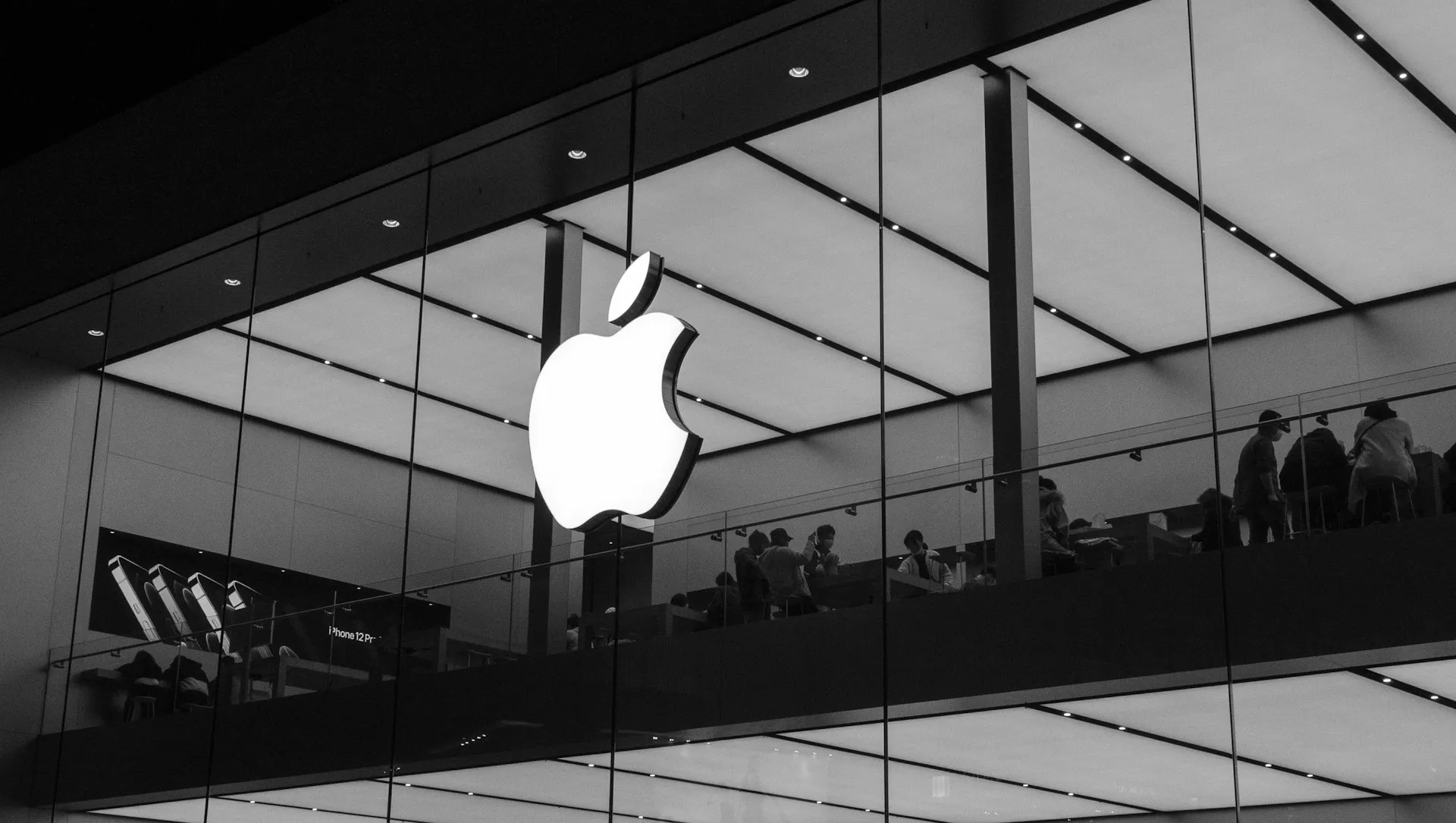

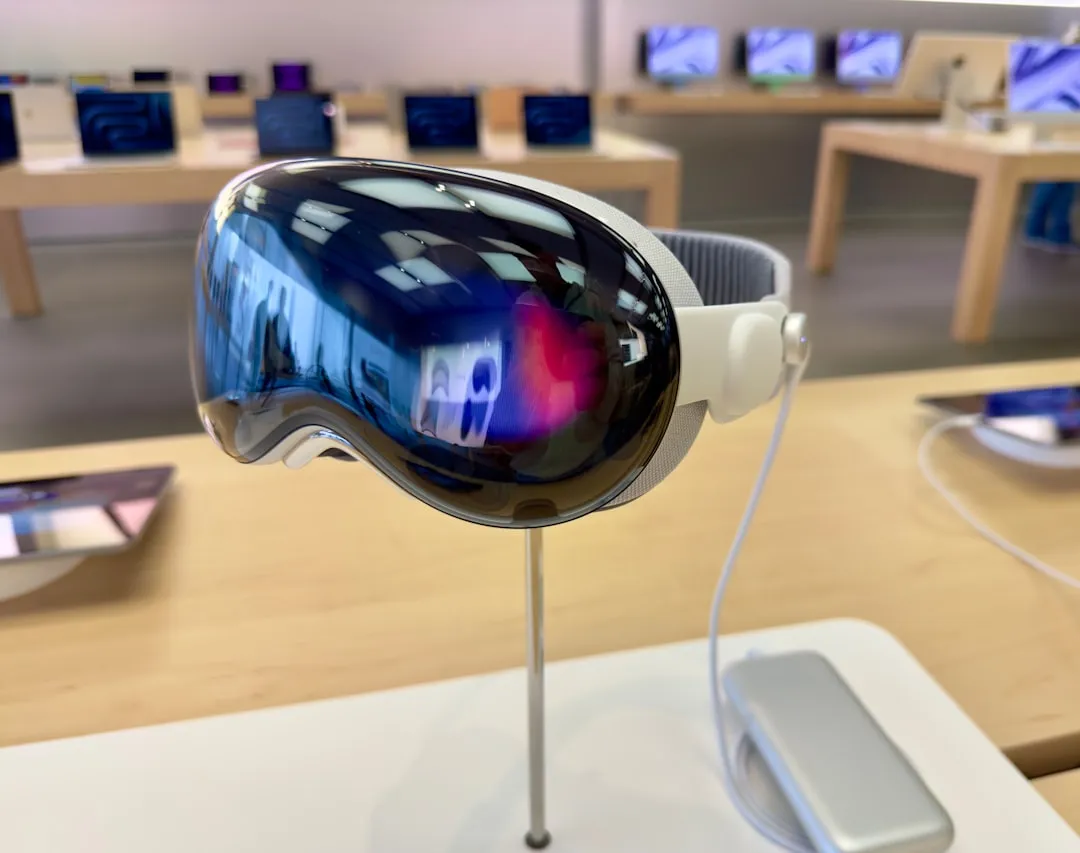


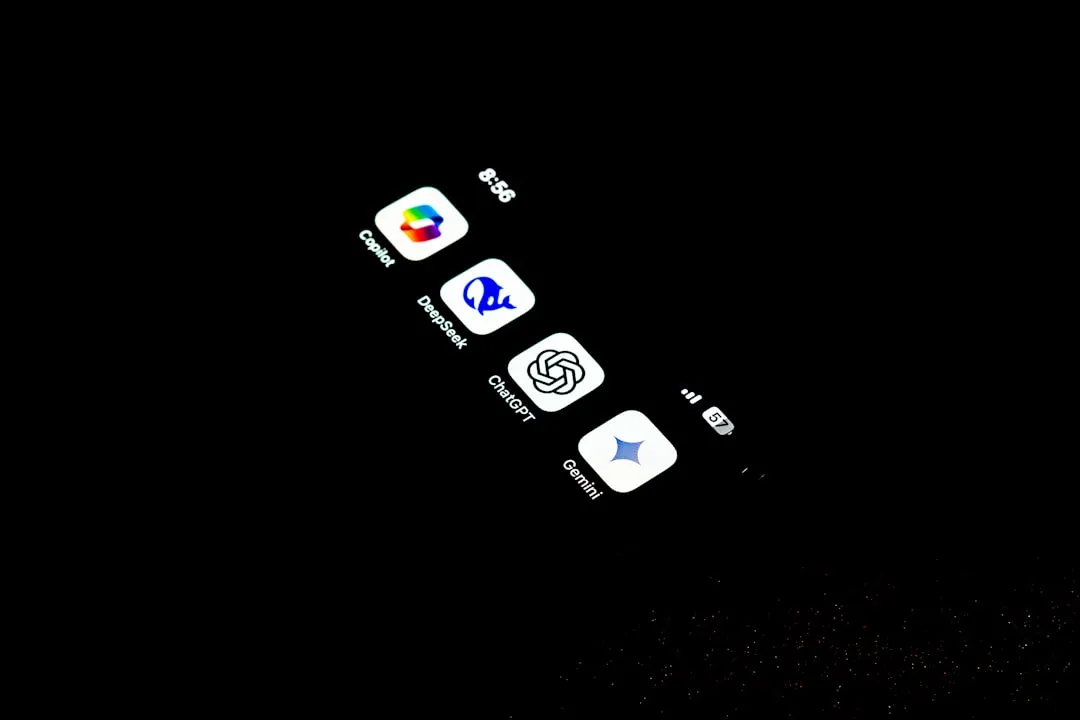



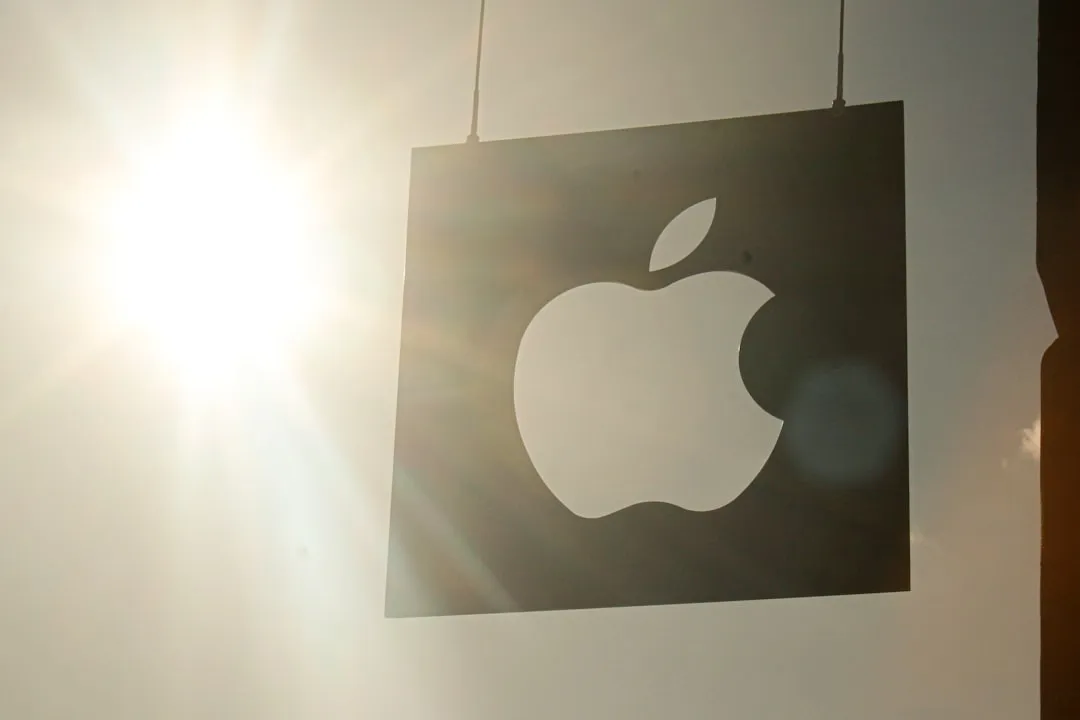
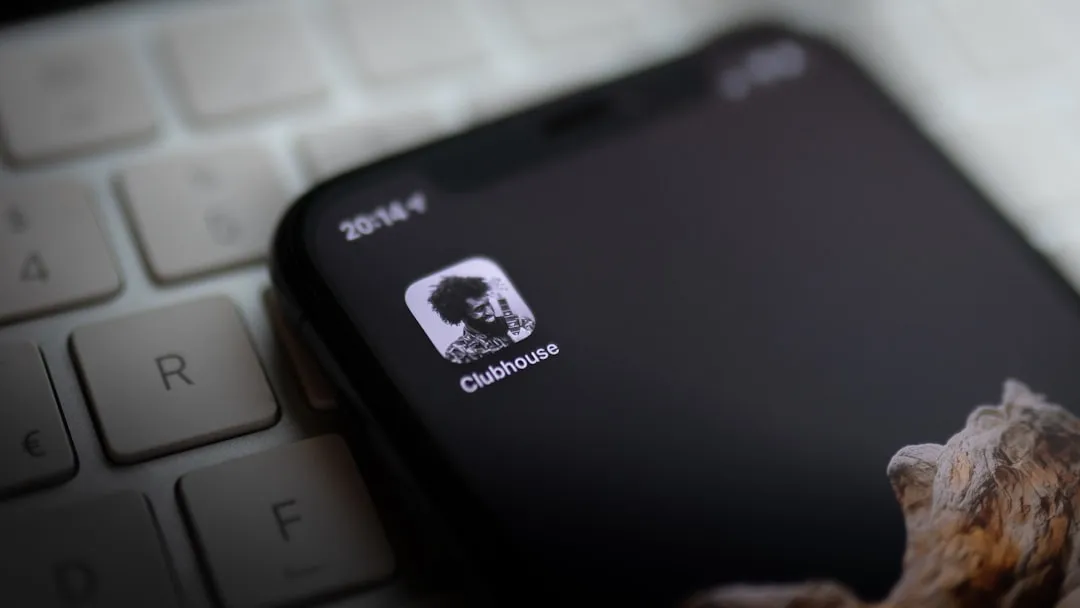
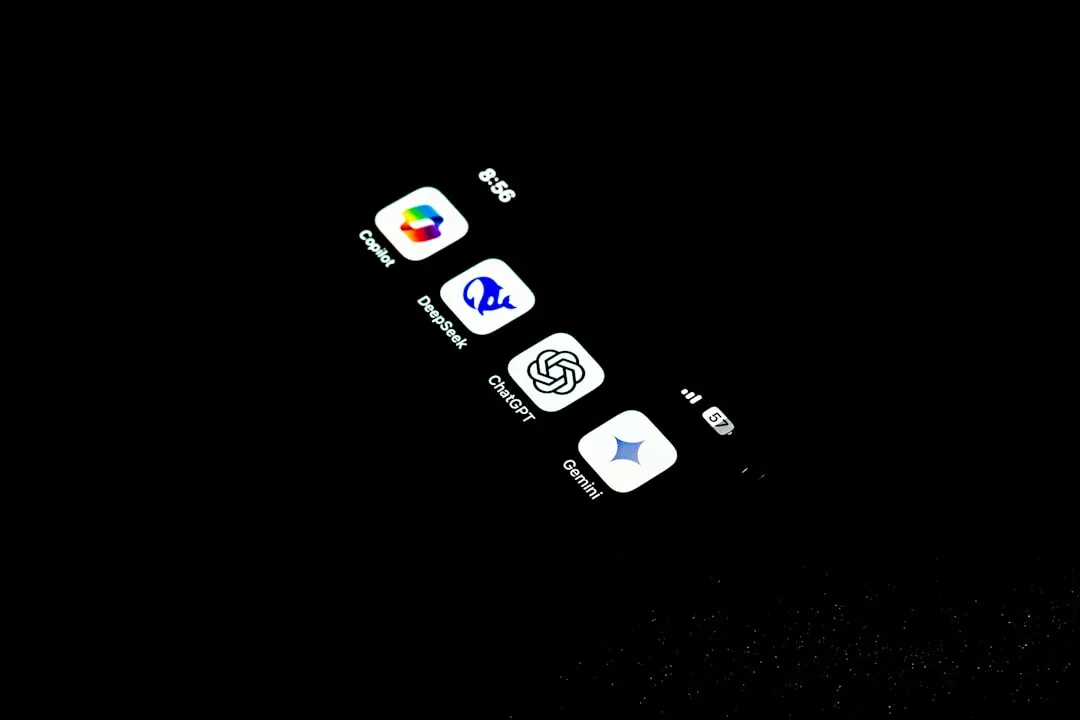
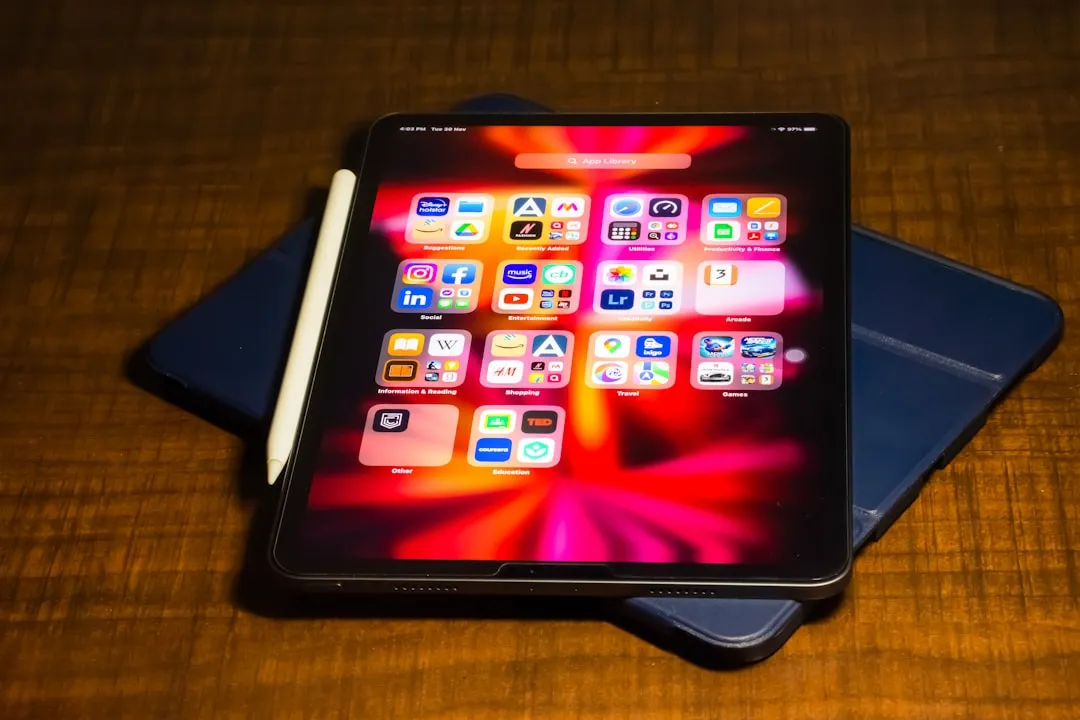
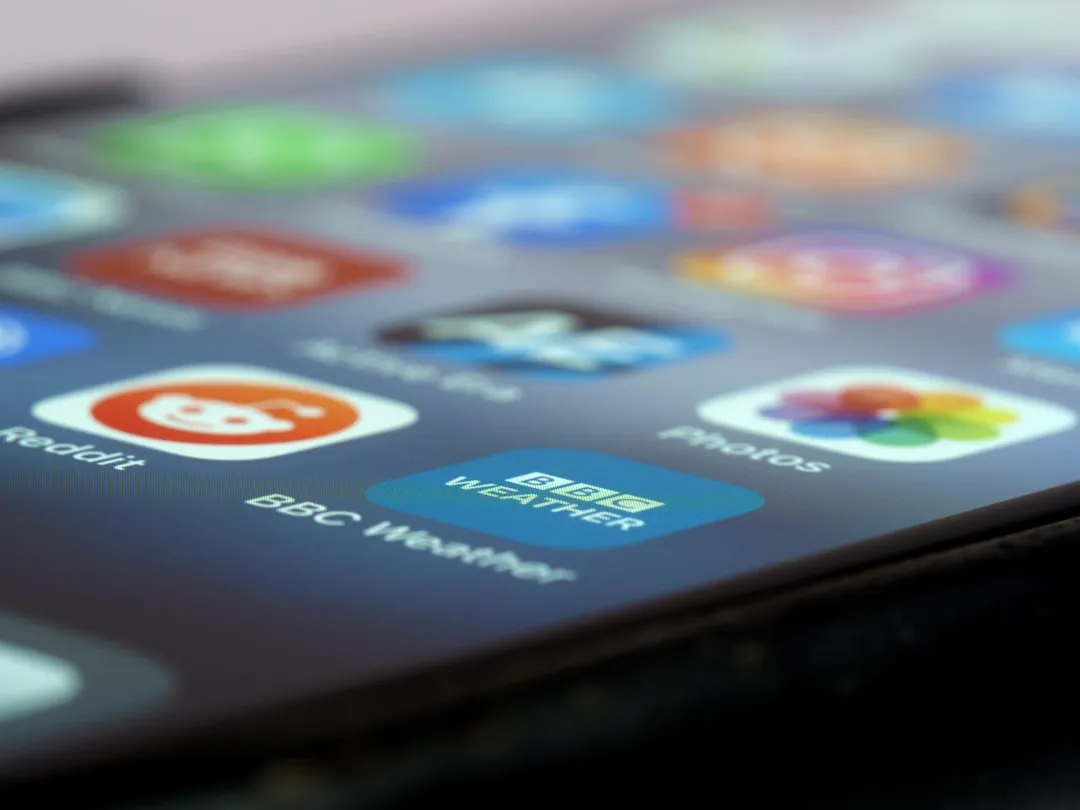
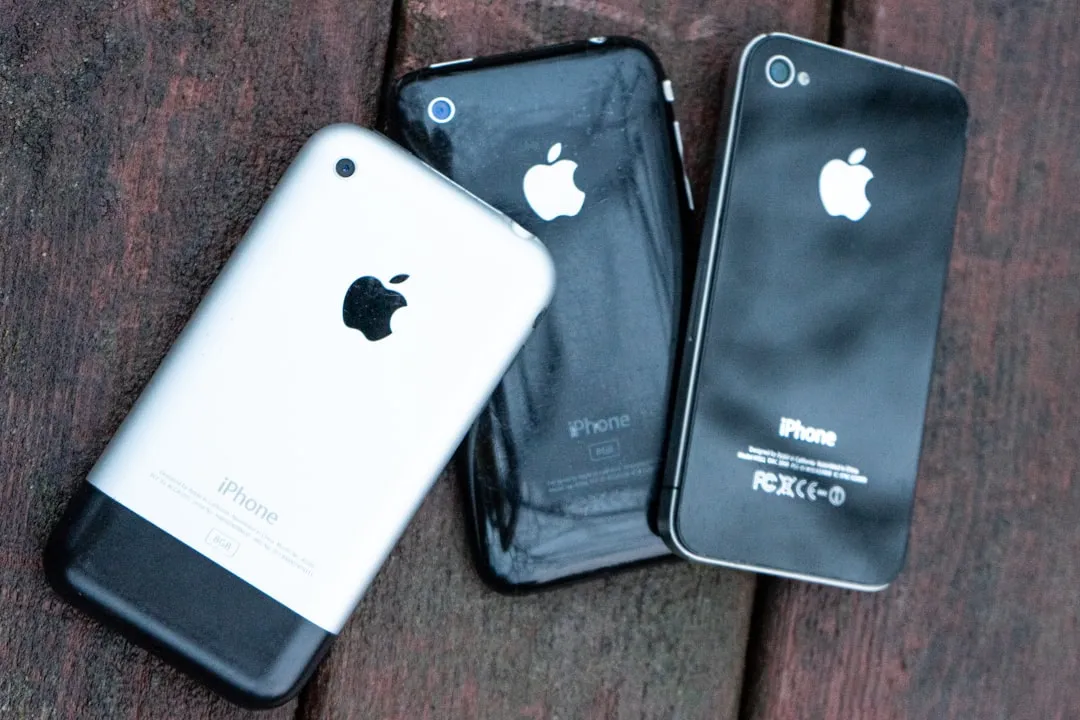
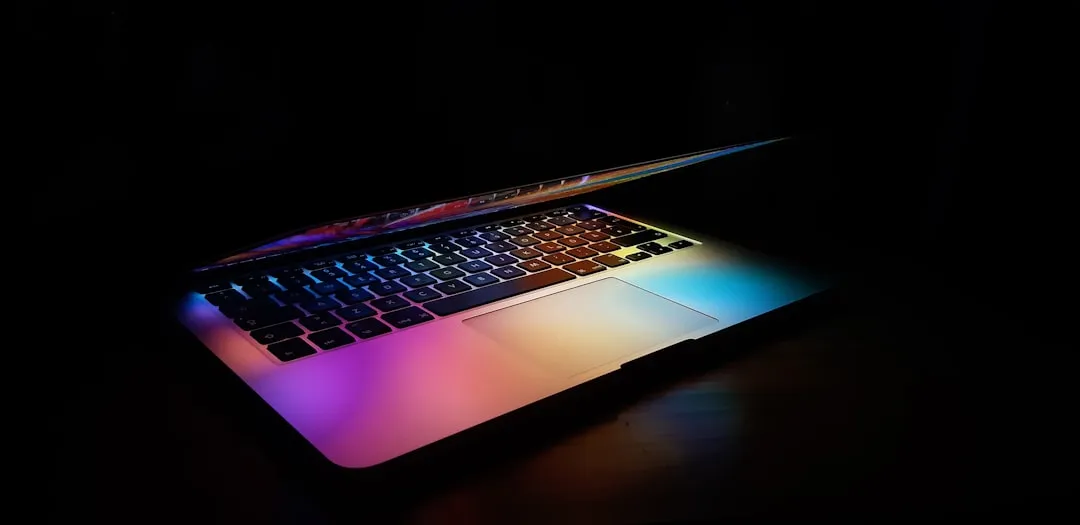
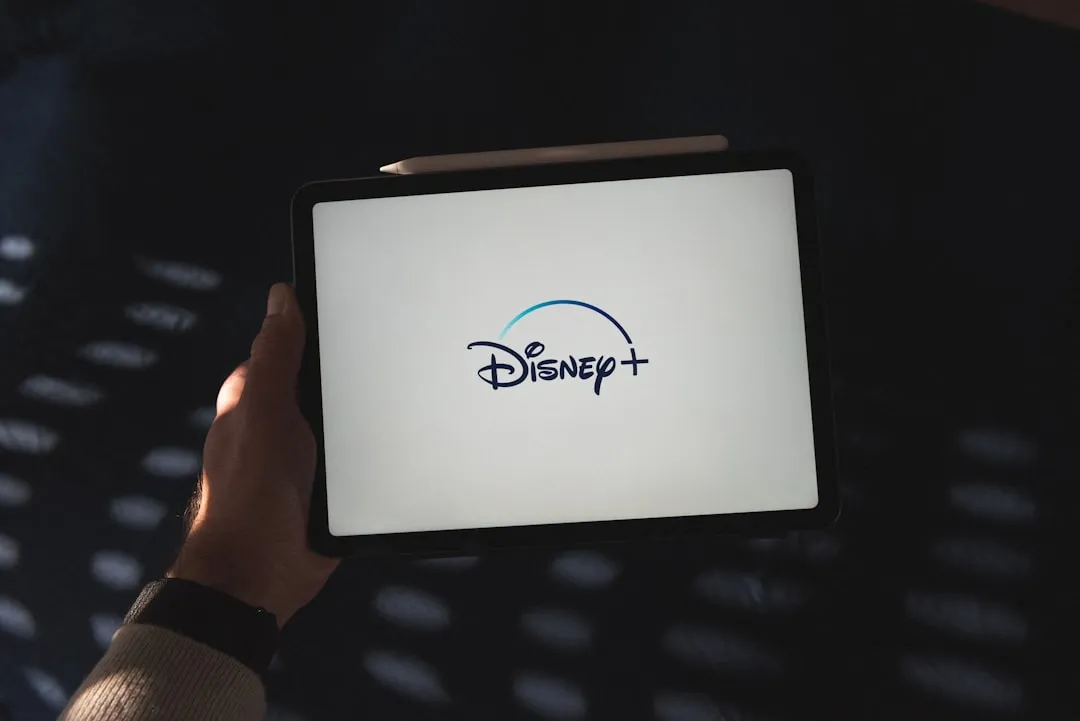
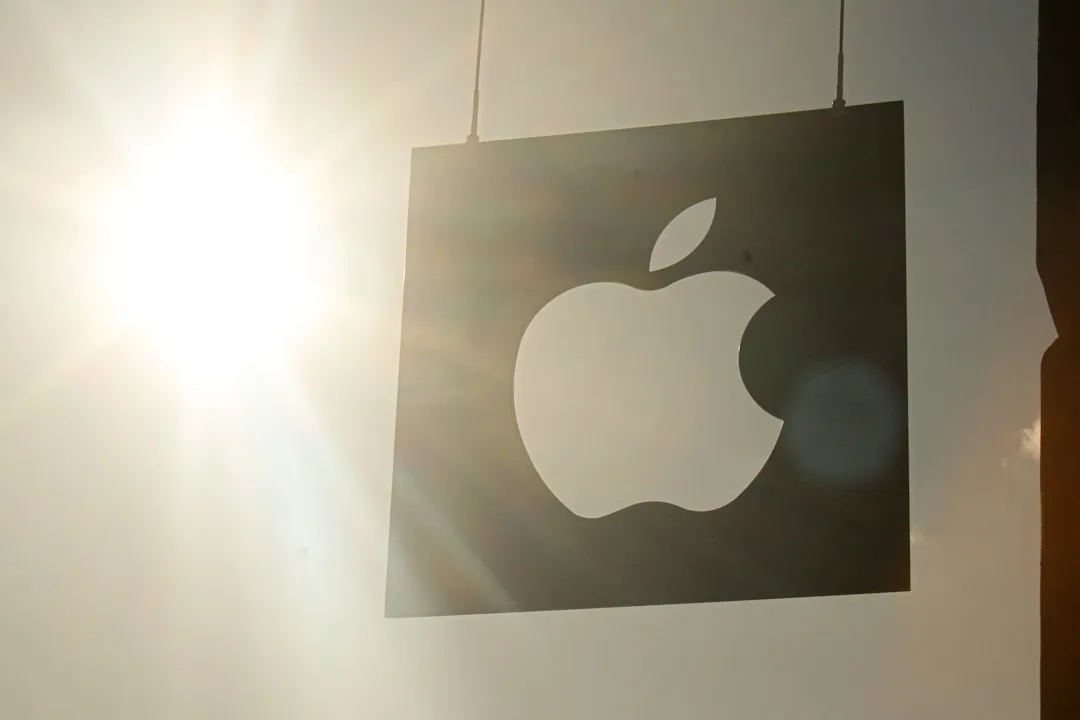

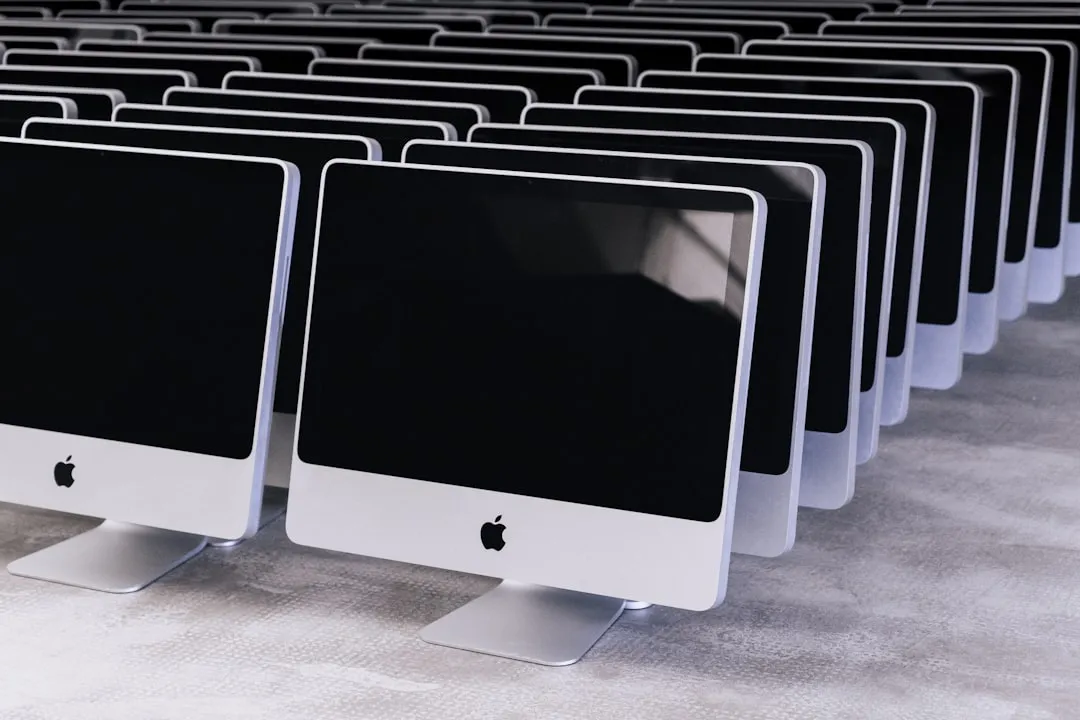
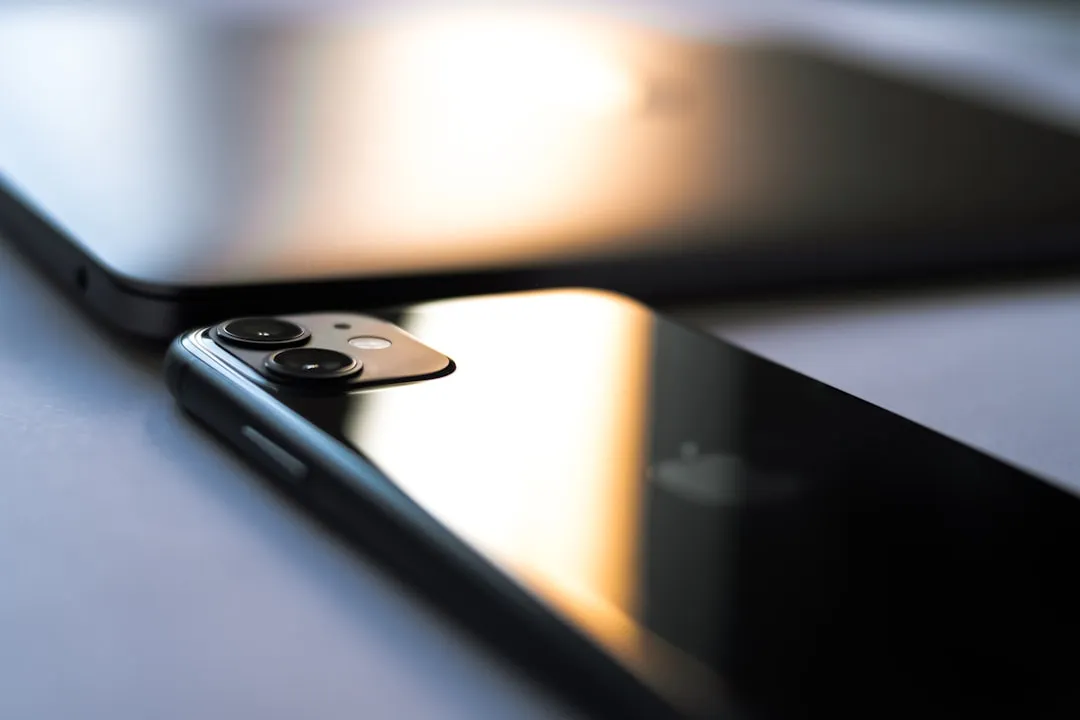
Comments
Be the first, drop a comment!